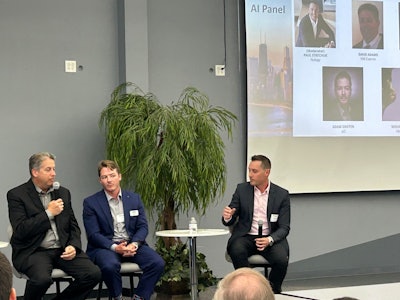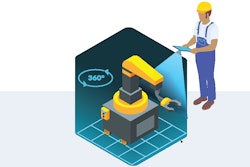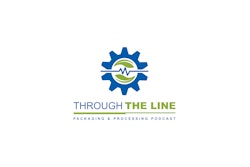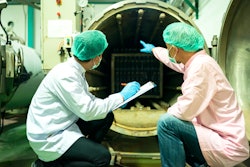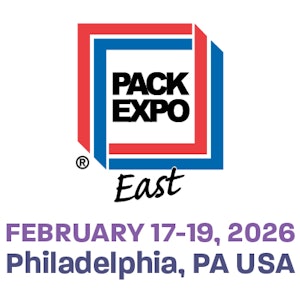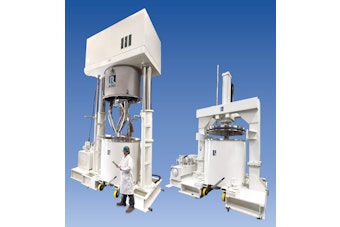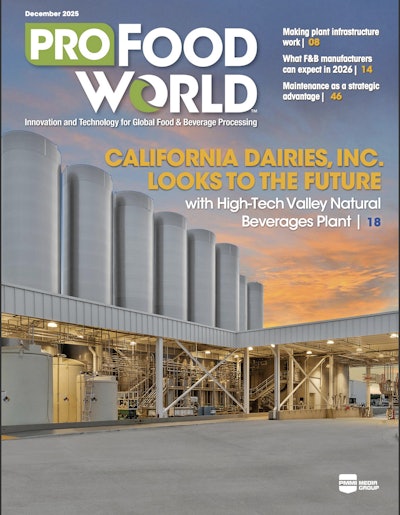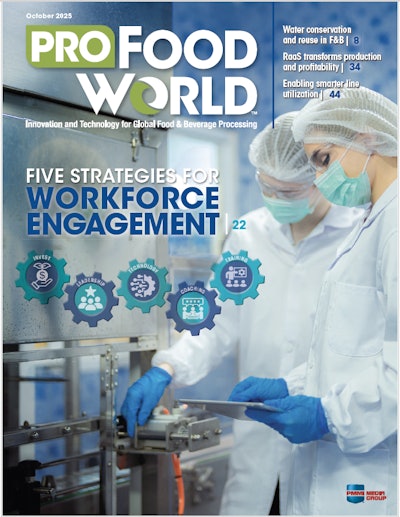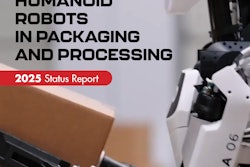AI tools such as ChatGPT are being used by more and more businesses for emails, presentations, graphics, and more. But how can brands and contract packagers use AI on the facility floor in operations? What are the pitfalls in the new world of AI?
These were among the questions fielded by a panel of contract packaging, automation, and technology experts at “Charting a Path for Success: Navigating Tomorrow's Technology and Its Impact on CPG Manufacturing," an event of CPA, The Association for Contract Packagers and Manufacturers in partnership with the Chicagoland Food & Beverage Network, hosted by Frain Industries at their facility in Carol Stream, Ill., on June 13, 2024.
Here are five key takeaways from the engaging panel discussion on considerations for taking AI into operations.
1. Get your AI plan in place
The panel also underscored the importance of a well-defined AI policy, which helps ensure that AI initiatives are aligned with organizational goals and that all stakeholders are on the same page. David Adams, vice president of information technology at the contract packager/contract manufacturer MSI Express, stressed the importance of having a comprehensive AI policy from the start.
“Determine what your policy is, figure out where your data is going, and ask questions like: ‘How is the engineering department involved?’” said Adams.
2. Connect industrial assets and build from there
Once your plan is in place, it’s time to tap into the valuable insights AI can provide in operations. “There is a big prerequisite to unlocking the most valuable insights AI can bring you, which is connecting your current most valuable assets," said Adam Griffen, product manager at ei3. Such connectivity allows for better data collection and analysis, leading to more informed decision-making.
Griffen says a first step might be evaluating which machines you need access to and considering remote access options. The return on investment is incremental, and the process will include multiple milestones, so it’s important to stay realistic.
“You don't have to shoot for the 'Hail Mary' where you're using AI to change all your operations, optimize your recipes, and train your quality control devices all at once,” said Griffen. “Don't expect that in one step as a practitioner you can do all this.”
3. Use AI as a predictive maintenance and modeling tool
Once you’re plugged in, you can now use AI on the shop floor for one of its most significant applications: predictive maintenance. By anticipating and addressing potential failures before they occur, companies can use predictive maintenance to mitigate downtime and reduce waste, so that corrective action can be taken much earlier than when the machine breaks down.
"The point where you save the most money is with modeling waste from the machine,” said Griffen. “As soon as you start using a new machine, it begins to wear down, and AI can help model the financial impact and guide timely maintenance actions."
4. Understand AI's data security risks and limitations
Panelist Mishaal Khan acknowledged the many ways AI can help as a productivity tool, but emphasized the other side of the equation, based on his expertise: cybersecurity.
Khan, a consultant with Mindsight IT—a specialist in services including remote monitoring, managed disaster recovery, and cloud management—reminded the audience at the event that manufacturing is increasingly a target of cybersecurity attacks. Contract packagers and brands need to be prepared for data security risks associated with AI, such as total data breaches and the loss of intellectual property.
Khan also emphasized that it’s also critical to remember what AI can deliver as a tool and what it can’t. "Know the limitations of what you are using AI for,” said Khan. “It’s not for factual purposes; it’s for prediction and understanding large data sets, so always ensure human oversight for whatever AI presents."
5. Hire an AI specialist and involve them in standards
For successful AI integration, organizations should hire an IT specialist in AI early in the process who can
engage with industry organizations such as CPA and standards groups like The Organization for Machine Automation and Control (OMAC). This helps help companies stay updated on best practices and regulatory requirements, fostering a more robust AI strategy, said Griffen, who is also chair of the Digital Transformation Workgroup at OMAC.
“Participate in these organizations for an hour or two a week, listening in, helping make sure that your company's needs are being reflected in the standards, guidelines, and regulations.”
The sold-out event also featured a presentation on the current state of contract packaging in North America by CPA Executive Director Ron Puvak (CPA's 2023 State of the Industry Report is available for download here), a panel discussion on expected drivers in automation, a tour of Frain Industries, and networking sessions.
Learn more about CPA, its upcoming events, and the benefits of membership here. Information about the Chicagoland Food and Beverage Network is available here.
